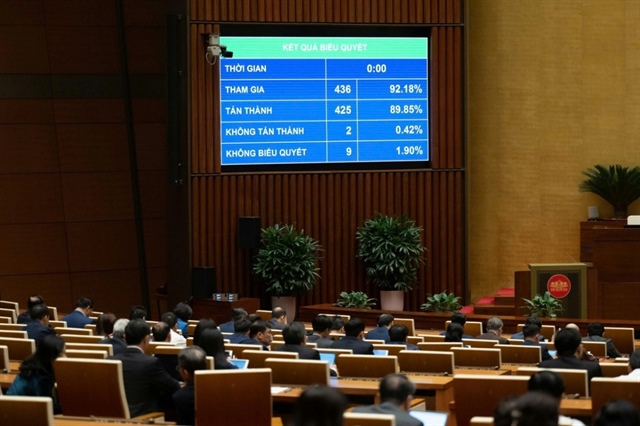Vietnamese spend most of their income on food
Vietnamese spend most of their income on food
The increasingly high proportion of monthly income spent on food shows that the living standard of Vietnamese people has been decreasing. The overly high inflation rate in Vietnam has been described as a heavy tax imposed on people.
Increasing prices lead to demand decrease
In the five years, since Vietnam joined the World Trade Organization WTO in 2007, the inflation rate was only “mild” one time in 2009, while the rates all were very high in the other years. Especially, the inflation rate reached its peak of approximately 20 percent in 2008.
Head of the Vietnam Economics Institute Tran Dinh Thien has noted that the inflation rate in Vietnam is overly high, which can be described as a heavy tax imposed on people, thus making their lives degrading.
The prices of goods and services have been increasing rapidly, leading to the fact that people can buy fewer goods than previously with the same amount of money. While the consumer price rises, the income does not increase accordingly. As a result, people have to cut down expenses and only spend money on the most essential items.
According to Vu Vinh Phu, Chair of the Hanoi Supermarket Association, the number of people making purchases at the supermarkets in Hanoi has been halved, since people try to fasten their belt.
Especially, non-food products have seen dramatic sales decreases, since people nowadays mostly buy food and essential goods for their daily life, which accounts for 80 percent of total sales. The average value of every bill has decreased by 20 percent.
Duong Thi Quynh Trang, Public Relation Director of Big C supermarket chain, has also confirmed that rice, meat, egg and sugar sales have increased by a little, while the sales of garments, TVs and refrigerators have been going very slowly.
People have no more money to upgrade living standards
The sociology survey on people’s living standards in 2010 conducted by the General Statistics Office pointed out that more than a half of the income has been spent on daily meals.
In 2002, the expenses on meals accounted for 56.7 percent of the total spending, while the figure dropped to 52.9 percent in 2010. The proportion is an index showing the living standards of people. The high the proportion of spending on food in the total spending means low living standards, and vice versa.
In the “basket of goods” used to calculate CPI, food products and meal services account for 42.85 percent of the total goods services, which shows that meals and drinks remain the most important things in people’s lives.
The spending on meals is equal to the spending on the other all needs. Therefore, after spending money on food and savings, people have no more money to spend on other kinds of goods and services to upgrade their living standards.
A survey conducted by Saigon Tiep Thi showed that 34.3 percent of total income has been spent on food, 30 percent on investment deals and savings, while the other 30 percent on all remaining needs, from study, healthcare, entertainment, home appliance purchases.
vietnamnet





















